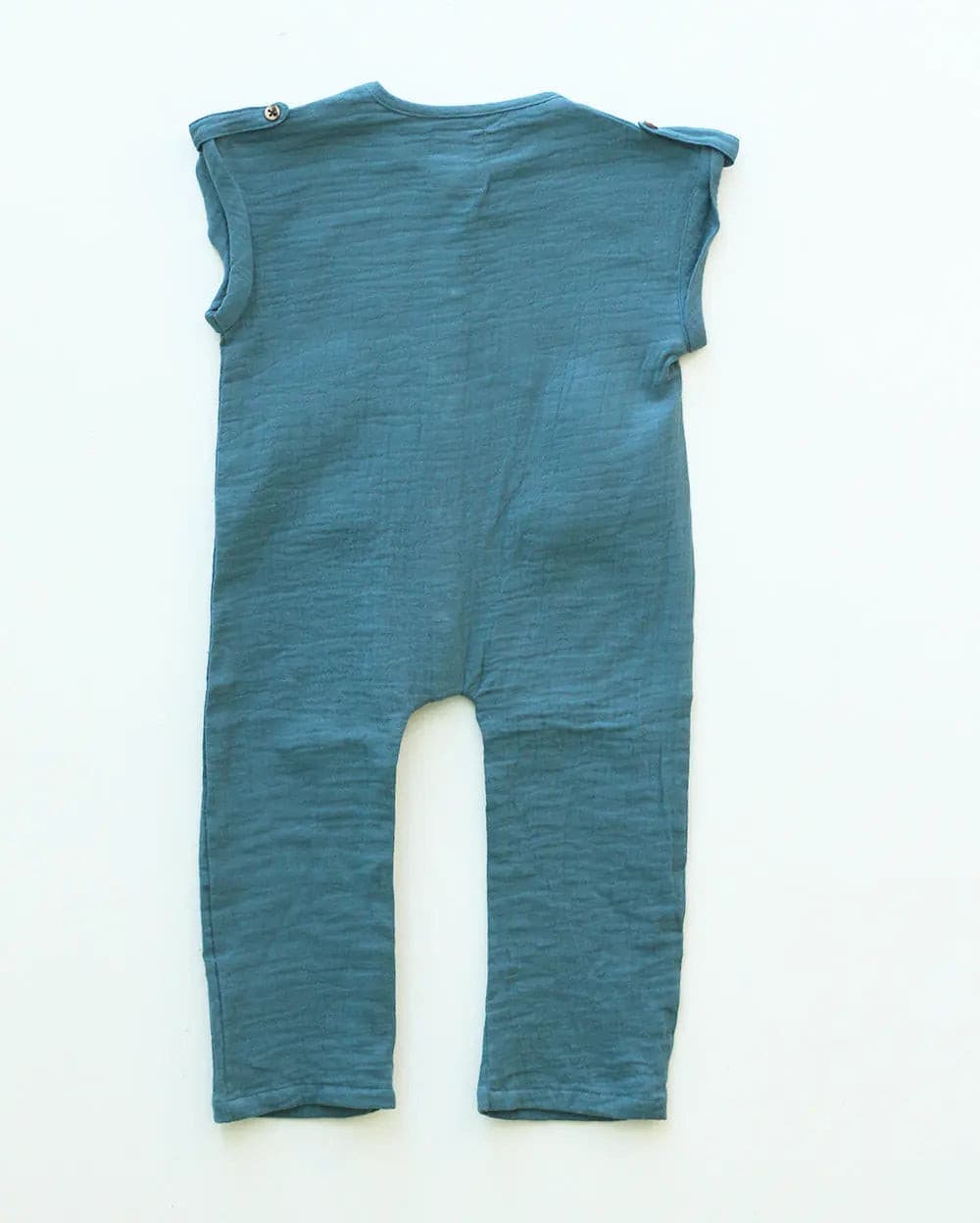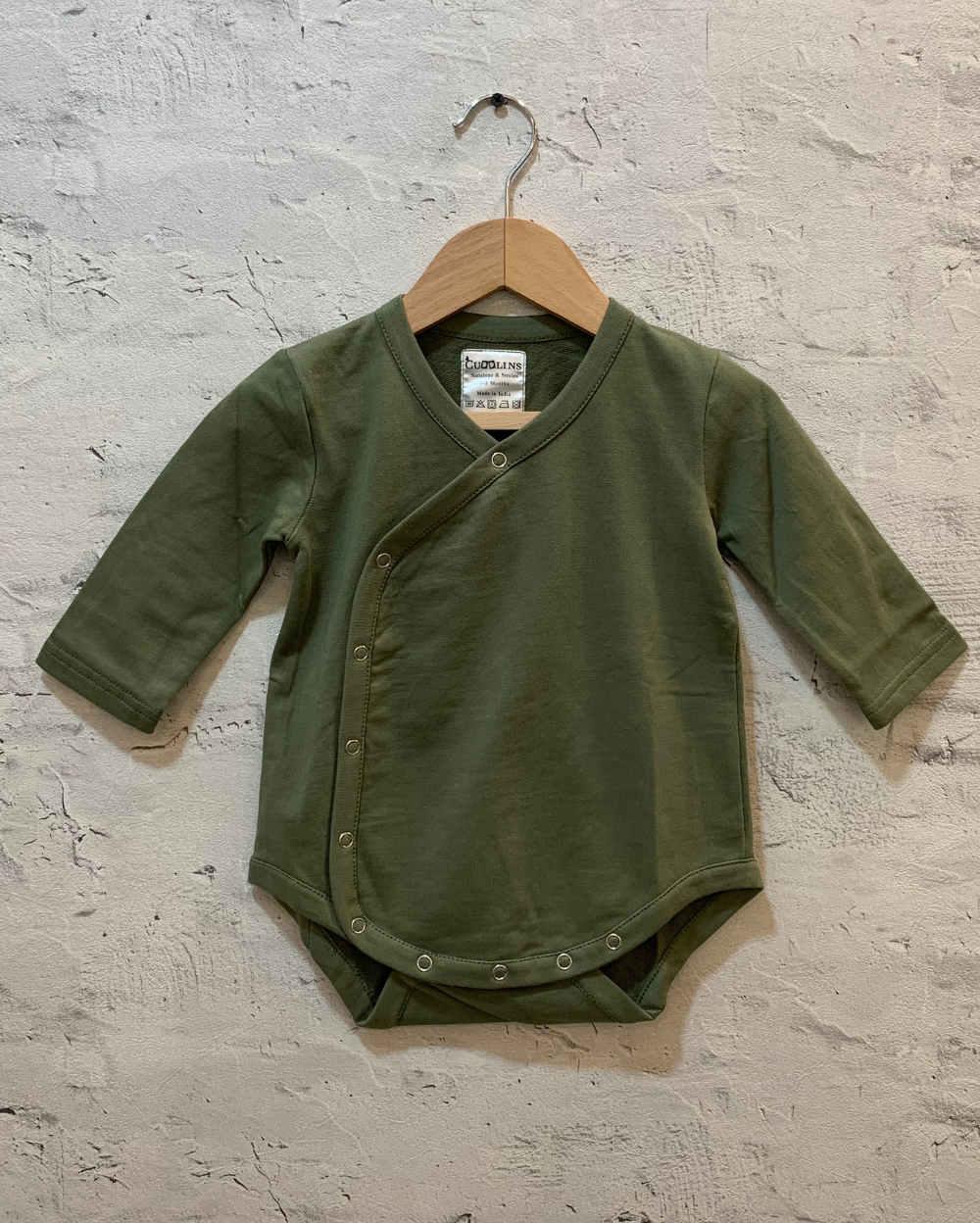Opting for sustainable baby clothes is a truly wise choice. These garments, crafted from organic fabrics, guarantee the absence of harmful chemicals, thereby promoting healthier skin. Additionally, their biodegradable nature ensures a brighter, healthier future for our children.
At Earthytweens, we are dedicated to providing parents with top-tier sustainable clothing that is entirely free from toxins, thus contributing to a healthier planet. We prioritize the use of organic dyes and natural fabrics, employ biodegradable packaging, and adhere to an ethical manufacturing process, ensuring complete sustainability.
Why use Sustainable Baby Clothes?
Here are some reasons you should always opt for eco-friendly clothing for your babies.
1. Non-Toxic and Safe
Babies have the tendency to chew their clothes. Sustainable kids clothing are made from natural and non-toxic materials including dies, ensuring that your baby remains safe and healthy.
2. Eco-Friendly Production
The use of organic and sustainable materials reduces the carbon footprint associated with clothing production, making it a more planet-friendly choice.
3. Long-Lasting Quality
Sustainable baby clothes are known for their durability and quality. These clothes are designed to withstand frequent washing and wear, making them a cost-effective choice for parents.
Types of Sustainable Clothes for Babies
Onesies: Our soft onesies are made from organic cotton and wool. They come in various colors and cute designs to keep your baby cozy and stylish.
Dungarees: Our organic cotton dungarees are adjustable for a comfy fit. They work well for babies and toddlers, ensuring both comfort and a fashionable look.
Frocks: These baby frocks are made from organic materials and have many charming designs, letting your baby look cute and unique with fun prints.
Rompers: Our rompers are a mix of style and comfort. They're soft and breathable, keeping your baby comfy all day, whether they're an infant or a toddler.
Sets: Matching sets make dressing your baby easy and trendy. They're made with eco-friendly materials that are gentle on the skin and come in different themes.
Dress: Dress your baby in cute, eco-friendly outfits with our specially crafted dresses. They're great for both infants and young children, offering style and sustainability.
How to Care for Sustainable Kids Clothes
Taking care of sustainable baby clothes is easy and it is essential to ensure they last and maintain their quality. Here are some simple steps to follow:
- Wash Carefully: When washing, use cold water, eco-friendly detergent to protect the fabric and the environment. Avoid harsh chemicals and bleach. After washing, consider air-drying the clothes, as it helps maintain the fabric's integrity and freshness, with sunlight acting as a natural disinfectant.
- Store Wisely: Store your baby's clothes in a cool, dry place, away from direct sunlight. Proper storage prevents discoloration and maintains fabric integrity.
FAQ Section
Q. Are sustainable baby clothes more expensive?
A. While the initial cost may be slightly higher, the durability and long-term value of sustainable baby clothes often make them a cost-effective choice.
Q. Is organic cotton safe for my baby?
A. Yes, organic cotton is free from harmful chemicals and pesticides, making it a safe and comfortable choice for your baby's clothing.
Q. How can I be sure of the quality of sustainable baby clothes?
A. To ensure the quality of sustainable baby clothes, it's a good practice to buy from trusted stores like EarthlyTweens. Additionally, when examining the label of the clothes, you can often find information about the materials used, which can give you insights into their quality and safety.
Q. What are the benefits of choosing organic wool for baby clothing?
A. Organic wool is naturally hypoallergenic and temperature-regulating, making it an excellent choice for baby clothes, ensuring warmth and comfort without the need for synthetic additives.
Q. How do sustainable baby clothes benefit the environment?
A. Sustainable baby clothes benefit the environment by using eco-friendly materials and production processes that reduce carbon footprint and minimize harm to natural resources.



































